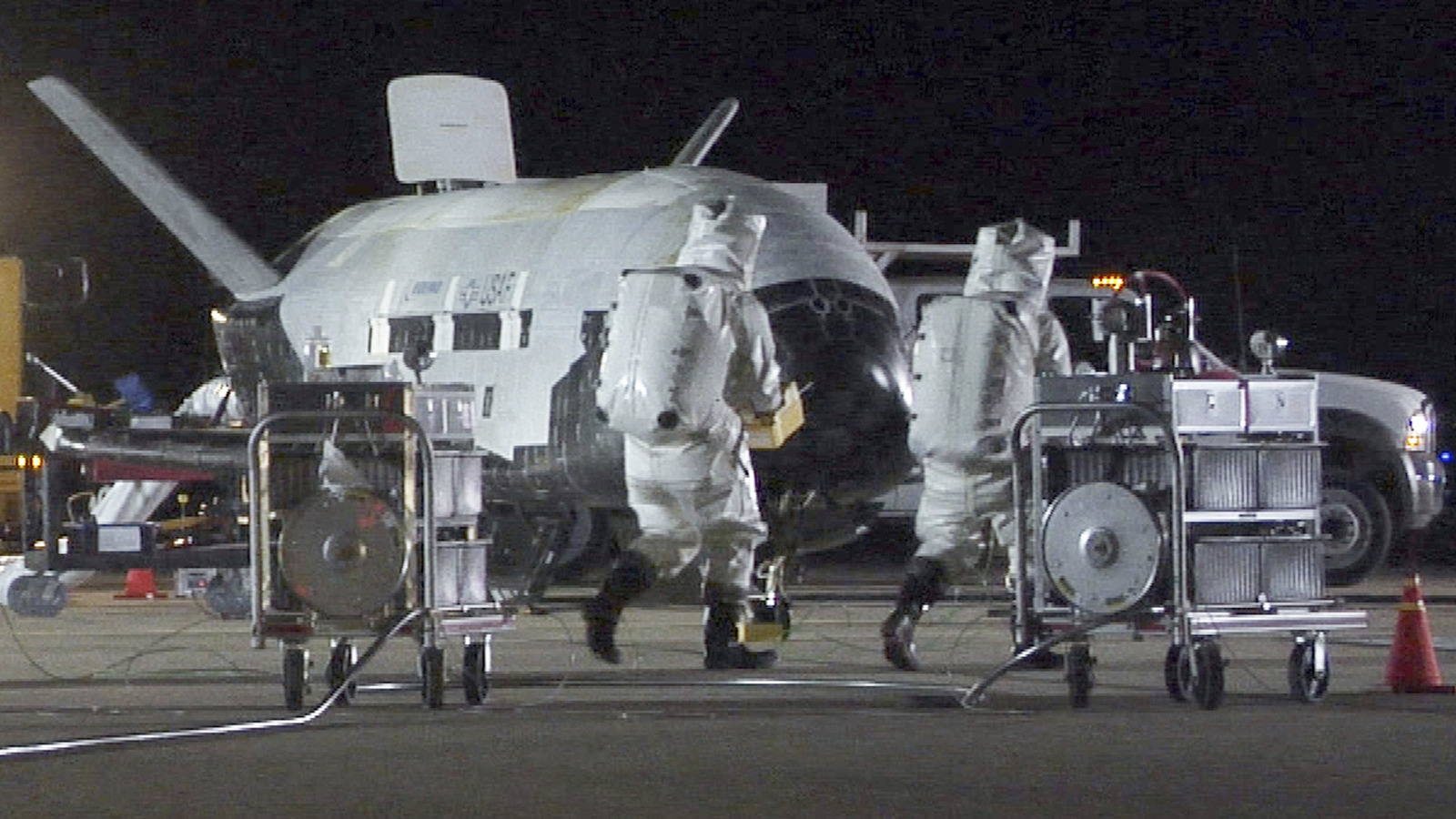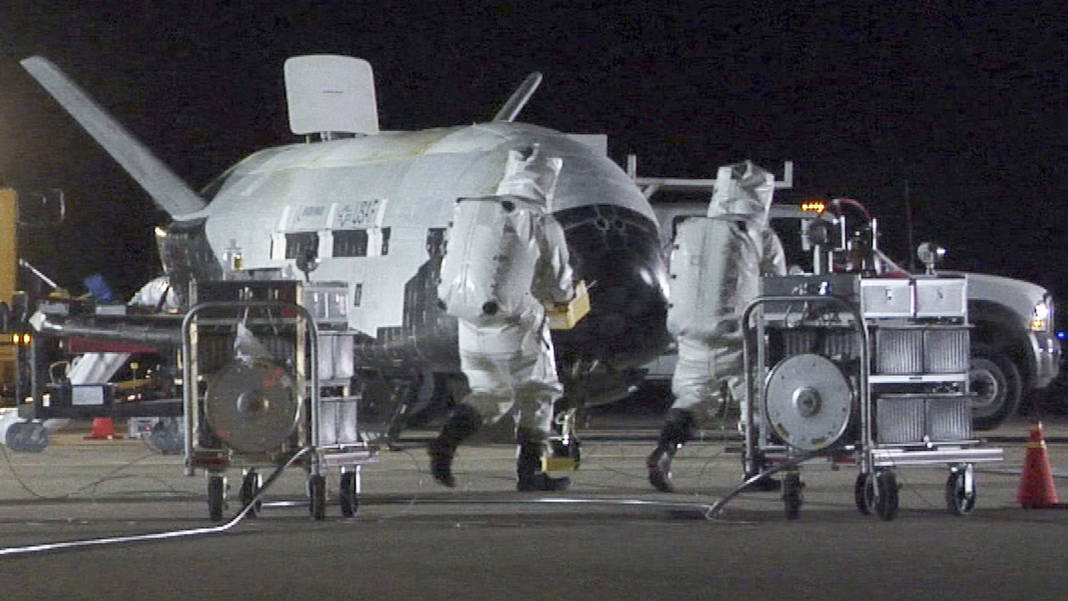Why Did Space Force Get a $1 Billion Boost for the X-35B?
If you’ve been following the latest federal budget news, you might have noticed a jaw-dropping figure: $1 billion earmarked specifically for the X-35B spaceplane. That’s just one slice of an $11.3 billion overall bump for the US Space Force. Meanwhile, civilian space programs are left pinching pennies. So, what’s driving this massive investment in the X-35B, and why now?
The answer comes down to priorities. The X-35B isn’t just any spacecraft—it’s a next-generation, reusable spaceplane designed to give the US military a serious edge in orbital operations. Think rapid deployment, flexible missions, and the ability to respond to threats or opportunities in space at a moment’s notice. In an era where satellite constellations are vital for everything from GPS to missile defense, the ability to launch, repair, or even defend assets on short notice is becoming non-negotiable.
How Does the X-35B Fit Into the Bigger Space Force Strategy?
Let’s zoom out for a second. The Space Force, established in 2019, has quickly become one of the Pentagon’s fastest-growing branches. According to the Congressional Research Service, its budget has ballooned from $15.4 billion in 2021 to over $30 billion projected for 2025. The X-35B is a centerpiece of this growth, representing a shift toward reusable, rapid-response vehicles rather than single-use rockets.
Why the focus on reusability? Simple: cost and flexibility. Traditional rockets are expensive and slow to turn around. A spaceplane like the X-35B can be refueled, reloaded, and sent back up in days instead of months. That’s a game-changer for national security. It’s also a hedge against rivals—China and Russia are both investing heavily in their own spaceplane tech, according to recent reports from the Center for Strategic and International Studies.
What’s Happening to Civilian Spaceflight Funding?
Here’s where things get a bit controversial. While the Space Force budget is soaring, civilian spaceflight—think NASA’s science missions, planetary exploration, and commercial partnerships—is facing a much leaner future. The White House’s latest budget proposal leaves these programs with little more than maintenance-level funding.
Why the squeeze? Some experts argue it’s a matter of national priorities. With geopolitical tensions rising and space increasingly seen as a potential battleground, defense spending is taking precedence. Others worry that underfunding civilian spaceflight could stall innovation and cede leadership in science and exploration to other countries. A 2023 report from the National Academies warned that chronic underinvestment in NASA could have long-term consequences for US competitiveness.
Is the X-35B Worth the Price Tag?
Let’s be real: $1 billion is a lot of money, even in the world of defense contracts. But supporters say the X-35B is worth every penny. Its ability to launch on short notice, carry both crew and cargo, and potentially even intercept hostile satellites makes it a Swiss Army knife for space operations.
Critics, however, point out that military spaceplanes have a checkered history. Previous projects have run over budget and behind schedule. There’s also the question of transparency—much of the X-35B’s development is classified, making it hard for outsiders to judge its true capabilities or cost-effectiveness.
Still, there’s no denying that the X-35B represents a leap forward in what’s possible. If it delivers on its promises, it could set the standard for military space operations for decades to come.
What Does This Mean for the Future of Space?
The divide between military and civilian space funding isn’t just a budget story—it’s a sign of where the US sees its future in space. The emphasis is shifting from exploration and discovery to security and control. That doesn’t mean science is dead, but it does mean the next big leaps may come from defense-driven projects rather than NASA’s traditional missions.
For those hoping to see more Mars rovers or deep-space telescopes, this trend is a wake-up call. Advocacy groups are already pushing for a more balanced approach, arguing that innovation in space has always thrived when civilian and military efforts work hand in hand.
The big takeaway? The X-35B isn’t about perfection—it’s about smarter adjustments. Start with one change this week, and you’ll likely spot the difference by month’s end. Whether you’re a space enthusiast, a taxpayer, or just someone who loves a good underdog story, keep an eye on how these budget choices shape the next chapter of the space race. The future up there is being written right now—dollar by dollar, launch by launch.


